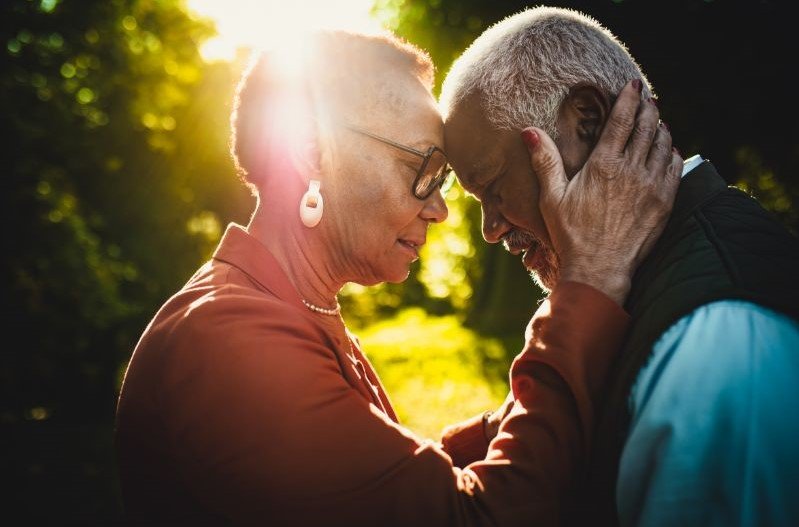FOR IMMEDIATE RELEASE
Media Contact:
Sara Stacy on behalf of Image Focus:
(313) 510-2775 or sarastacypr@gmail.com
Toledo Memorial Park Leads the State for Wreaths Placed during National Wreaths Across America Events
The venue ranked first for wreaths placed in Ohio and ninth for the country.
Sylvania, OH— In 2023, Toledo Memorial Park (the Park) placed more than nine thousand wreaths on veteran graves making the venue the number one Wreaths Across America location in the state of Ohio and put them in the top ten for the whole country. The annual Wreaths Across America event at the Park takes place every December.
“This is such an honor for the Park and everyone who volunteers as a part of our Wreaths Across America event,” said Jeff Clegg, president and CEO of the Park. “This is a long-standing event for Toledo Memorial Park and I’m delighted by how much it has grown.
The mission of Wreaths Across America is to remember the fallen; honor those who serve; and to teach the next generation the value of freedom. The Park works to honor the legacy of first responders and veterans every day and this annual event serves as a capstone of that dedication each year. The 2024 event is scheduled for Dec. 14 at noon.
Help the Park honor and remember as many fallen heroes as possible in 2024 by sponsoring remembrance wreaths, volunteering on Wreaths Day or inviting your family and friends to attend with you. Specific grave requests at the cemetery can be made by contacting the location coordinator, Mel Harbaugh, at 46elapid@gmail.com to help ensure wreath placement.
###
Toledo Memorial Park
Established in 1922, Toledo Memorial Park is the area’s finest cemetery, with 380 beautiful acres of meadows, ponds, magnificent trees, flowering plants and sculptures all designed to celebrate the living beauty of nature. Our goal has been to create a peaceful retreat where generations can gather in beauty and tranquility to remember their loved ones. The non-sectarian, non-denominational, non-profit Park is solely owned by property owners who believe in family, choices and commitment. The Park includes a crematory, mausoleums, chapels, columbariums and burial sections accommodating both lawn level memorials and upright monuments and provides for all individual preferences including earth burial, mausoleum entombment, cremation and inurnment. For more information visit www.ToledoMemorialPark.com or call (419) 882-7151.




